Last Updated on December 22, 2025 by Emma Fajcz | Published: November 22, 2018
There are hundreds of reasons to fall in love with Seville. Some say it’s the colorful, winding streets; others, the friendliness of the people. And let’s not forget the unrivaled tapas scene!
But as many European cities are now suffering the negative effects of mass tourism, it’s no surprise that the issue has been weighing on the minds of many sevillanos.
Is it possible to experience and enjoy the Andalusian capital while helping to preserve its essence? Find out how to travel ethically and not harm the city with our responsible guide to Seville!
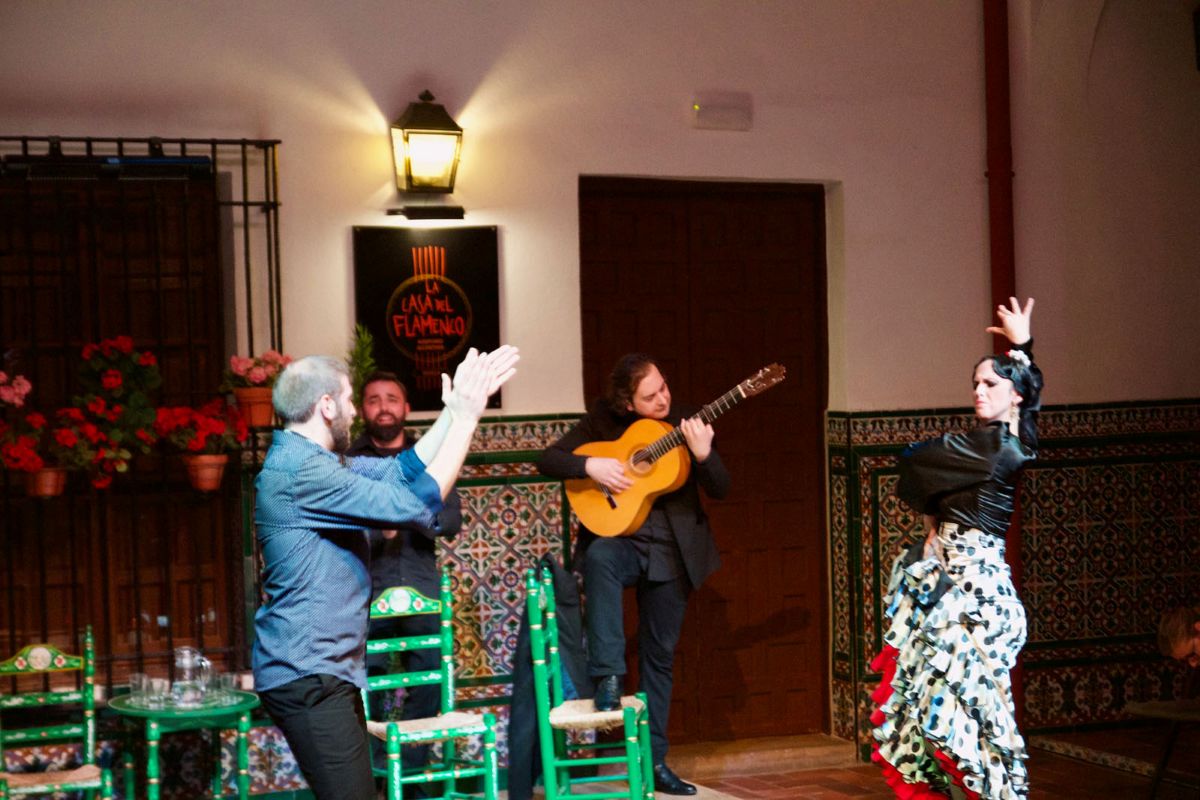
When to visit Seville responsibly
While spring and fall are often considered to be low season in most of Spain, months such as May, June, September, and October are incredibly busy times in Seville. Escape both the crowds and the heat by visiting in November, early December, and January, and enjoy a more relaxed and authentic atmosphere around the city’s most popular areas.
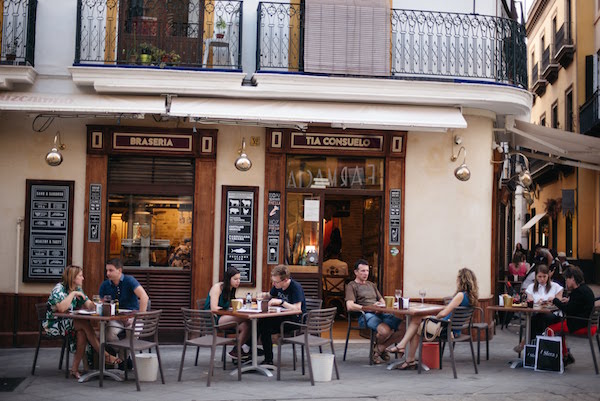
Where to stay in Seville responsibly
The recent explosion of short-term rental websites has seen many residents lose their homes to make way for luxury tourist apartments. To help reduce your impact and preserve Seville’s residential communities, here are some more responsible options:
- Hotel Amadeus: Bring out your inner Mozart at this small and elegant family-run hotel in the heart of the Santa Cruz neighborhood. Set in a traditional 18th-century house, this boutique gem boasts antique hand-crafted furniture, a lovely rooftop terrace with hot tub, and lots of music instruments just waiting to be played!
- The Corner House: Found in Seville’s coolest neighborhood, the Alameda de Hércules, this stylish urban hotel is a fantastic option for foodies wishing to explore the dozens of cafés and tapas bars that line the promenade. The hotel even has its own gourmet restaurant: El Disparate.
- Palacio Bucarelli: The perfect alternative to illegal vacation rentals, this 400-year old palace has just been restored and remodeled into an intimate apart-hotel. Suites sleep between two and four people, boast their own kitchen, and there’s even a small pool in the pretty outdoor courtyard.

Where to eat in Seville responsibly
Contribute to the local economy by staying away from multinational chains or tourist trap restaurants and checking out these independent eateries instead:
- La Cantina: Fresh market fish has never tasted better than at the market itself! A locals’ favorite for all the right reasons, this beloved joint sits right by the Mercado de Feria—Seville’s oldest market—and serves a selection of grilled and fried seafood dishes.
- conTenedor: In a quiet neighborhood of the Old Town, this slow food restaurant has been delighting palates for years with its delicious, organic cuisine by chef Ricardo Rodríguez. Don’t leave without trying the homemade paté and the rice dishes—the duck one is especially memorable!
- Estraperlo: After a visit to the iconic Plaza de España and Maria Luisa Park, be sure to pop by this local cooperative, featuring a seasonal restaurant that focuses on locally-sourced, organic ingredients. After trying out their daily specials—always including a choice of salads, fish, and meat dishes—you’ll be able to stock up on natural products in their store or even join a cooking class!
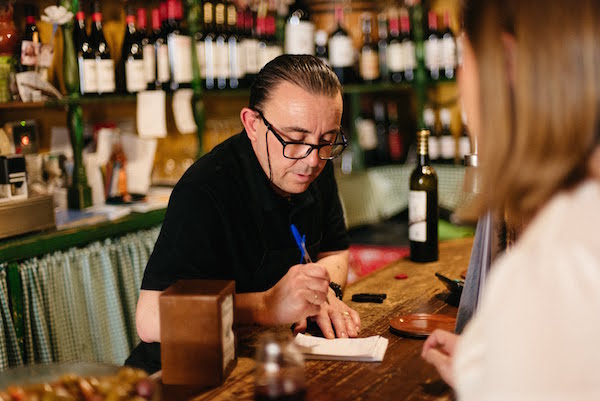
A responsible travel itinerary for Seville
When peak-time crowds around the main historical area start giving you that theme-park feeling, it’s time to head off the beaten track!
Get your culture fix by exploring underrated gems such as the Palacio de la Condesa de Lebrija, the Casa de Pilatos, or the Baroque church of San Luis de los Franceses. For art lovers, the impressive Museo de Bellas Artes—the second largest gallery in Spain after the Prado—is a must!

Stroll through local Seville markets and pick up a snack! The Mercado de Triana and Mercado de la Encarnación are great to marvel at freshly-caught fish or vegetable stalls. On Thursdays, don’t miss the flea market on Calle Feria and grab yourself a bargain on old postcards and vintage flamenco dresses!
What not to do in Seville
- Free tours: Their questionable system sees guides having to pay to work and take large groups around the city. Look for a smaller group of 10 people or less, and a company that pays their staff fair wages.
- For-profit tourist information centers: In the last couple of years, these flashy offices have popped up all around the city, sometimes replacing traditional businesses. Staff work under pressure to achieve targets, selling commission-based flamenco and open-top bus tickets. For unbiased information and free maps, visit the official Seville Tourist Office in the Plaza del Triunfo.
- Offend the locals: Be respectful of local customs and traditions. Do not ride bikes in pedestrian areas. Behave reasonably when drinking. If you come across a religious procession, avoid crossing the street while it’s in progress and resist the urge to take a selfie.
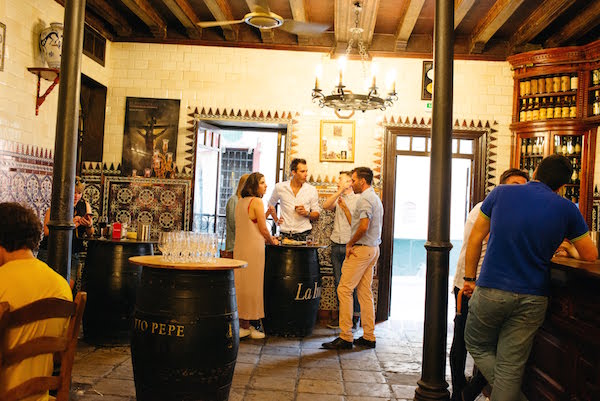
Our favorite small shops in Seville
Because mass-produced snow globes just won’t cut it, help support local handicrafts by buying traditional souvenirs from Seville-owned businesses and local artisan markets.
- Cerámica Ruiz: Over in the beautiful Triana neighborhood, this family-run shop is sure to delight you with its vast selection of hand-painted ceramics, including pots, bowls, plates, and azulejos (tiles).
- Juan Foronda: Since 1933, this third-generation business has been selling hand-embroidered mantones (shawls) to locals and visitors alike. The store also offers a large choice of Spanish hair combs, jewelry, and hand-painted fans.
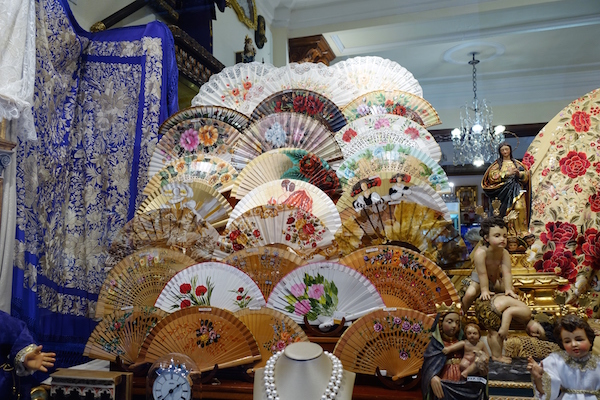
- Convents: For edible souvenirs, why not buy delicacies directly from nuns? Santa Paula is the place to go-to for jam lovers, while the Convento de Santa María de Jesús offers a variety of tasty sweets and baked goods. Psst – We wrote a whole article on Seville’s best convents for cookies!
- Lama La Uva: A bottle of Spanish wine is sure to make a great present, and owner Ana also sells local organic olive oil and vinegar.
- Mercado del Postigo: Just minutes from the cathedral and covering several floors, this is another great place to buy unique handmade items from local artists. Here you’ll find everything from pottery to porcelain to leather goods.
Follow these tips and you can leave Seville knowing you’ve been a great tourist.
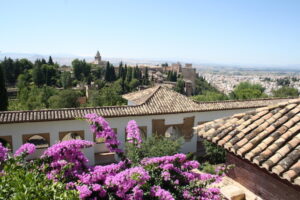
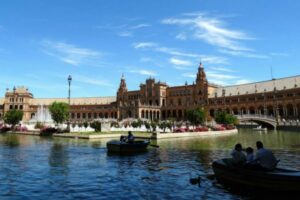







Love, love this article. It’s how one should always travel. Experience the area as a local. Eat, drink and shop where the locals are, never in the tourist areas. People always love you if you at least know Please and Thank You in their language. I love traveling in the off season where you have the opportunity to see things a typical tourist misses. Getting to know the locals makes for menories that are truly magic.
Thank you for your comment Joseph! We couldn’t agree with you more.
As a former resident of Seville, I cringed when Game of Thrones annonced they’d be filming in Seville. While it was a way to showcase a beautiful city and brought jobs to Seville, it also brought crowds, chains (including up and down my beloved San Jacinto in Triana!) and trash. Thank you for this article, Devour!
Thanks for your comment, Cat! It’s so true that there are pros and cons like that whenever we travel. We don’t think that the answer is staying in one place, but being intentional and responsible in every interaction we have with a new place. Thanks for joining us in the effort!
Do you know of any restuarants open on Christmas Day?
We sure do! https://devoursevillefoodtours.com/where-to-eat-in-seville-on-christmas-eve-and-christmas-day/
WOW! This article really useful for me. I confused for choosing the travel guide information what would be the best for everything. But review this article my confusion has cleared. Thanks a lot for sharing such an informative article about “How to Be a Good Tourist: Seville Edition” and I’m sure most people can take notes from this article. One thing most people lack experience while aware of travel guide. Well, this post will give me much good ideas for travel guide for a good tourist. Thanks Sophie Picard and keep it up…….
Wow, such an amazing post.